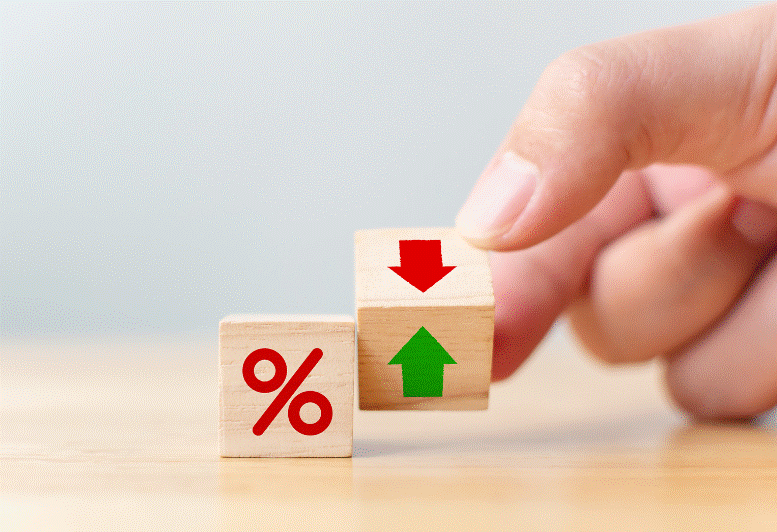With mortgage rates hovering between 6% and 7%, many prospective homebuyers are facing a tough decision: lock in a rate now or wait in hopes of more favorable rates in 2025. The wrong choice could mean spending thousands more over the life of a loan. This article explores strategies to help buyers decide when to lock in a rate and how to mitigate risks in a fluctuating market.
Current Rate Environment
The Federal Reserve’s aggressive rate hikes throughout 2022 and 2023 have caused mortgage rates to reach levels not seen in over a decade. Although inflation is easing, interest rates remain elevated, with experts predicting that rates may start to decline by mid to late 2025. However, such forecasts are uncertain, and buyers must weigh the risk of rates staying high against their desire to purchase sooner.
Locking in a Rate: Benefits and Risks
For buyers ready to act now, locking in a mortgage rate provides predictability and peace of mind. Lenders typically allow buyers to lock their rate for 30 to 60 days, shielding them from potential rate increases during the closing process. However, if rates drop after locking in, buyers won’t benefit from the lower rate unless their lender offers a “float-down” option (an agreement that lets buyers take advantage of falling rates).
Waiting to Lock: A Strategic Gamble
On the other hand, waiting to lock could pay off if mortgage rates decline in 2025. The downside is that home prices could increase while buyers wait, especially in competitive markets. Additionally, if rates rise instead of falling, buyers could find themselves paying more than anticipated. Buyers must balance market timing with their personal timelines, ensuring they don't miss out on their dream home by waiting too long.
Hybrid Strategy: Lock Now, Refinance Later
One common strategy is to lock in now and plan to refinance when rates drop. This approach is particularly useful for buyers purchasing homes at today’s rates in the 6%-7% range. If rates drop to 5% or lower in 2025, refinancing could save thousands over the loan's term. Buyers can prepare for this by selecting lenders with low or no prepayment penalties, making it easier to refinance when the time is right.
Monitoring Market Conditions
Buyers planning to wait should keep a close eye on economic trends. Rate changes are often tied to inflation, employment data, and Federal Reserve announcements. Subscribing to lender alerts and tracking economic indicators can help buyers lock in at the most advantageous moment. Consulting with mortgage brokers who specialize in market trends can also provide valuable insights.
Deciding whether to lock in a mortgage rate now or wait requires thoughtful consideration. Buyers must weigh the certainty of today’s rates against the uncertainty of future declines. For those ready to act, locking in with a refinance plan offers flexibility. Meanwhile, buyers willing to wait should monitor the market closely to seize opportunities. In either scenario, the key is staying informed and adaptable in a market that continues to evolve.





